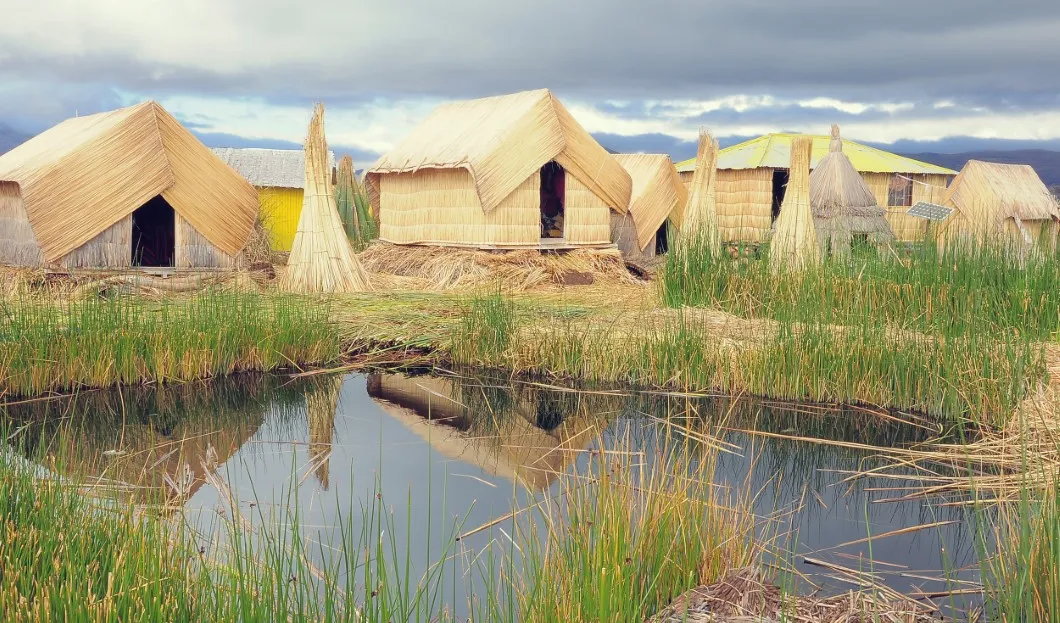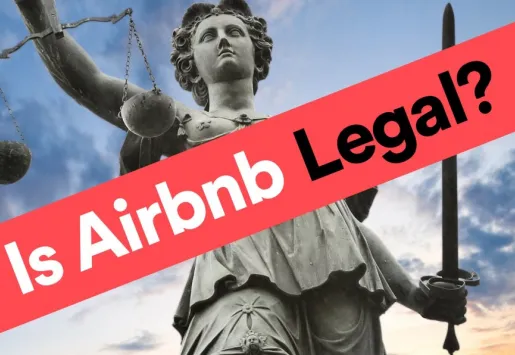
Between January and May 2019, the arrival of international tourists to Peru amounted to 1, 823,536 tourists. This figure represents a growth of 2.4% (42,446 more tourists) compared to the same period of 2018 when 1,781,090 foreign visitors arrived. According to the Tourism Observatory of the USMP, the demand for three and four-star hotels dropped by 30% as a result of platforms such as Airbnb.
Airbnb is not only a competition for the largest hospitality industry players in the globe, but it is also a threat in Peru. According to the Tourism Observatory of the San Martin de Porres University (USMP, in Spanish), the demand for three and four-star hotels shrunk by 30% during the last year, as a result of platforms that offer temporary housing, in which Airbnb and others stand out.
Moreover, according to the platform itself, Lima is the third city with the highest demand for this type of service in Latin America. José Marsano, director of the Tourism Observatory, explains that the demand is particularly prominent in Lima, Cusco, and other provinces with a significant tourist influx. He even highlights that demand for these types of rental soars up to 40% in the capital city.
The Chamber of Commerce of Lima (CCL) reported that until 2021, Peru will have 22 new hotel projects in operation. The value of these hotels is to reach US $ 789.1 million.
In Cusco hospitality industry, rates dropped between 10% and 20%, compared to the regular rate of three or four-star hotels, explains Marsano. The expert stresses out that this situation not only impacts hotels with tourist offers but also has a similar impact on corporate hotels.
“Many investors that arrive in Peru come from medium or small companies that opt for a corporate hotel during the first visit, but then see Airbnb as a cheaper alternative,” Marsano says. In this segment, the demand has shrunk by 30%.
Airbnb apartments or houses can set those prices because they do not pay the taxes that hotel chains do, making it a somewhat unfair competition. Today in Peru, these accommodations only pay 5% to SUNAT (Peru’s Tax Administration) but do not pay Income Tax and other tariffs that hotel providers are taxed with.
In other countries such as Spain, when this situation began to get out of hand for Madrid, the city listed the accommodations and an Income Tax was applied, similar to what the hotels pay, including a tax for using a building for residents, explains the expert. He assures that Mexico is going through something similar.
Despite this, Airbnb has become an alternative solution that allows property owners to generate income, and travelers to have more local experiences at lower prices, even more so when dealing with large groups and for longer periods of time.
According to a study carried out by tourism consultancy My Revenue, only in Lima, Airbnb properties increased from 2,139 to 14,665 units between April 2015 and September 2018, a period in which these rentals have generated an average of 55 million USD in revenues.
Between the months of January and May of 2019, the arrival of international tourists to Peru amounted to 1, 823,536 tourists. This figure represents a growth of 2.4% (42,446 more tourists) compared to the same period of 2018 when 1,781,090 foreign visitors arrived.












